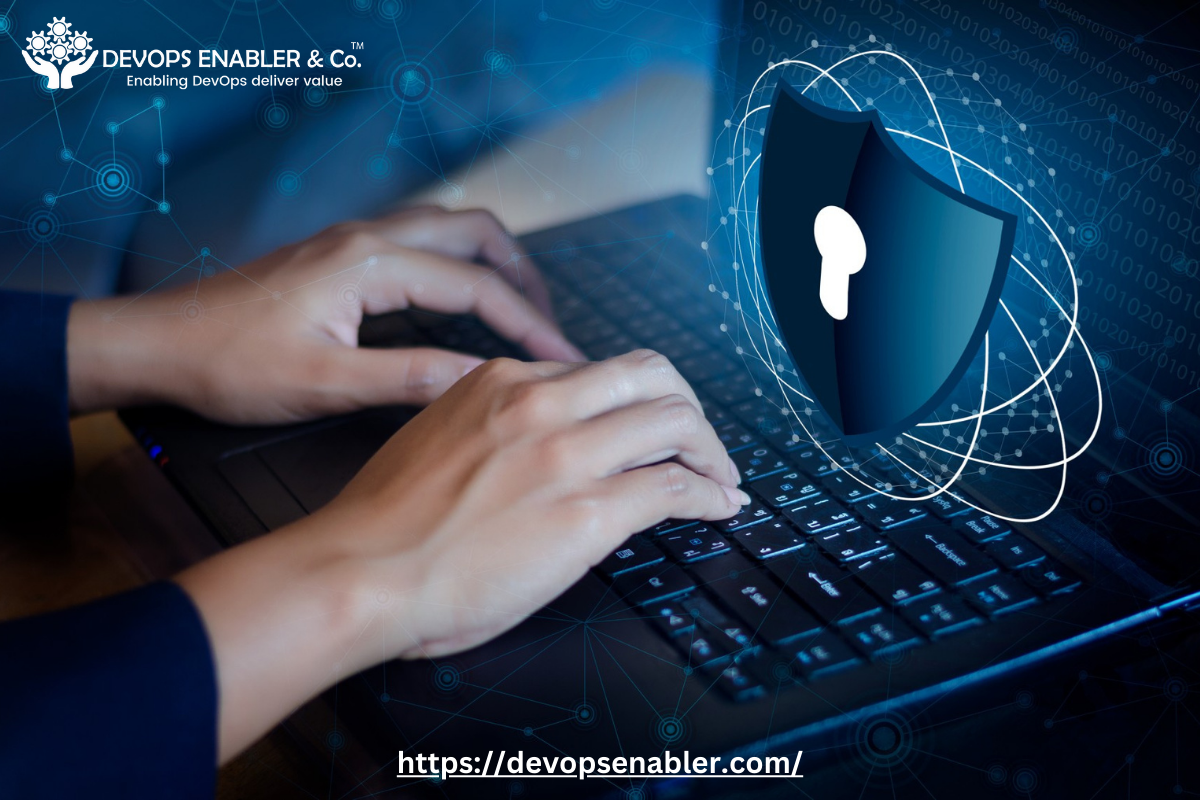The integration of security practices has become paramount. The advent of DevSecOps—a philosophy advocating for the seamless amalgamation of security practices with DevOps—has ushered in a new era of fortified software systems. At the heart of this transformative approach lies the concept of security-as-code, which imbues practical meaning into DevSecOps by embedding security throughout the Software Development Life Cycle (SDLC). This proactive stance allows for the automation and consistent application of security controls, which is essential to keep pace with the velocity of DevOps, particularly as the use of infrastructure as code gains momentum.
Predefined security policies serve as the cornerstone of this approach, bolstering efficiency while simultaneously providing checks on automated processes to prevent misconfigurations that could lead to exploitable security flaws. Francois Raynaud, founder and managing director of DevSecCon, succinctly encapsulates the essence of security-as-code by highlighting its role in making security more transparent and fostering collaboration between security practitioners and developers. By understanding developers' workflows, security teams can strategically integrate necessary security controls into the SDLC, ensuring that security measures accelerate rather than hinder development processes.
Developers have long aspired to create secure code but often lacked the requisite tools and practices to do so effectively. However, by embedding security into the DevOps workflow, developers are empowered to identify and resolve security flaws early in the development cycle, minimizing the risk of vulnerabilities being introduced for exploitation.
To effectively implement security-as-code, organizations should prioritize six key capabilities:
For Expanded Knowledge: https://devopsenabler.com/contact-us
- Automate: Integrate security scans and tests, such as static analysis, container scanning, and fuzz testing, into the development pipeline. Automation ensures that security measures are consistently applied across all projects and environments.
- Build: Establish an immediate feedback loop by providing developers with real-time results of security scans. This enables developers to remediate issues promptly and learn best practices during the coding process.
- Evaluate: Monitor and evaluate automated security policies by incorporating checks into the development process. Verify that sensitive data and secrets are not inadvertently shared or published.
- Standardize: Standardize exception-handling processes to streamline remediation efforts. Automate simple remediations and establish protocols for the approval of more complex issues.
- Test: Rigorously test new code at every stage of development to identify and address security vulnerabilities promptly.
- Monitor: Implement scheduled and continuous monitoring of vulnerabilities. Utilize features such as GitLab’s Security Dashboard and Compliance Dashboard to enhance visibility and simplify tracking of remediation efforts.
By adhering to these six best practices, organizations can cultivate a culture of security within their DevOps teams, fostering collaboration and innovation while safeguarding against potential security breaches. As teams work towards becoming well-oiled DevSecOps machines, security-as-code emerges as the intelligent solution within this multifaceted endeavor, enabling organizations to navigate the intricate landscape of software development with confidence and resilience. In essence, security-as-code represents a pivotal evolution in the realm of DevSecOps, offering a pragmatic means of fortifying software systems against emerging cyber threats without compromising on agility or efficiency.
Contact Information:
- Phone: 080-28473200 / +91 8880 38 18 58
- Email: [email protected]

